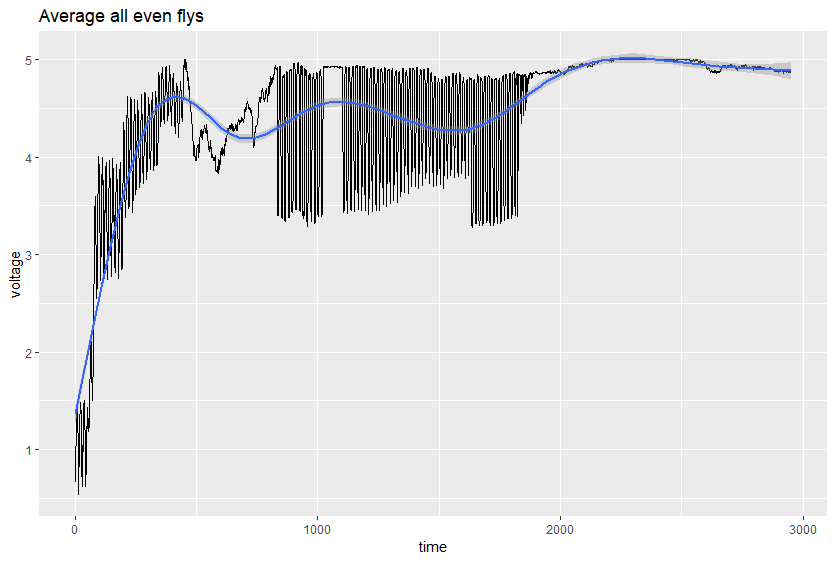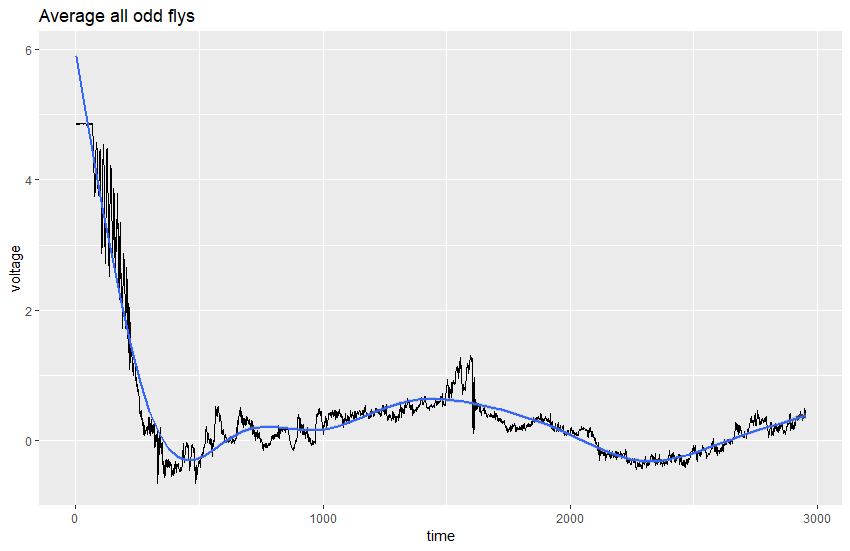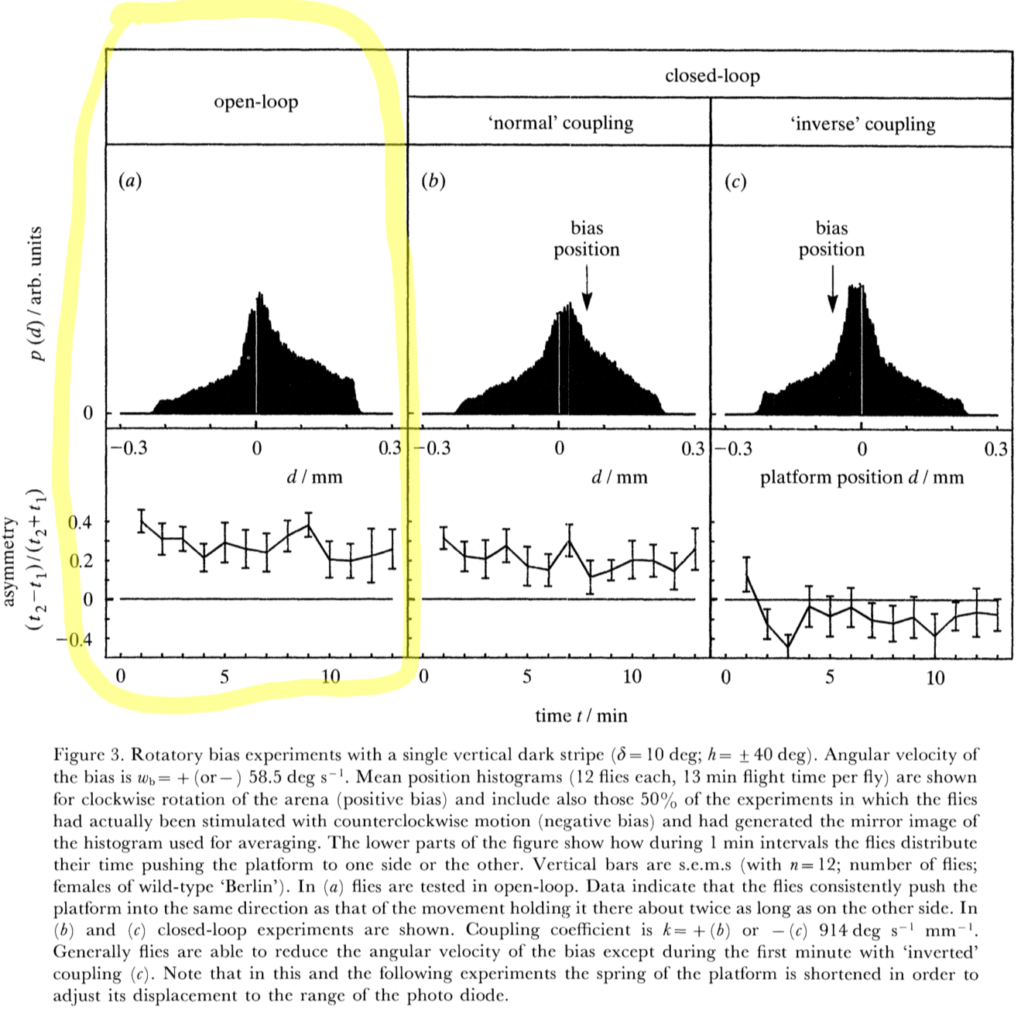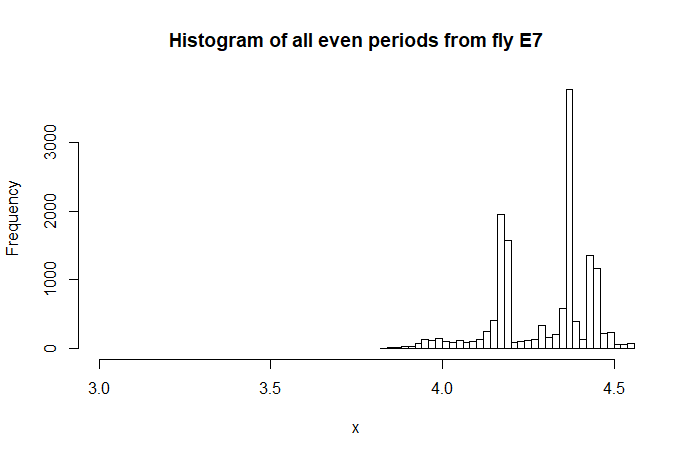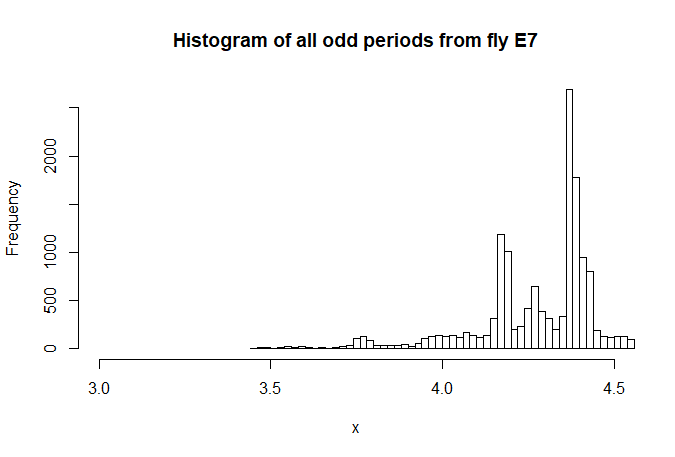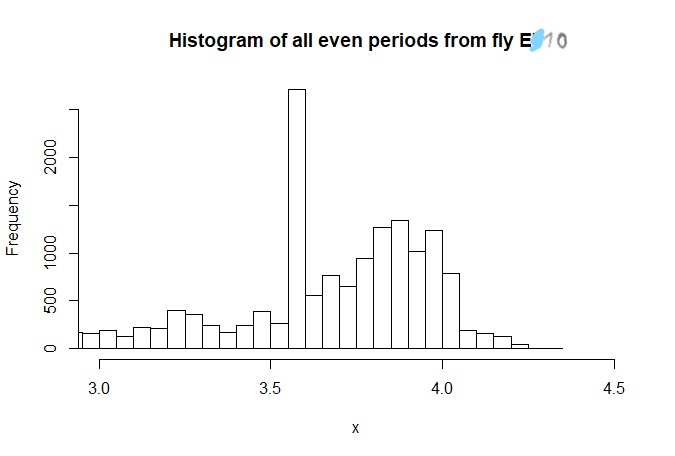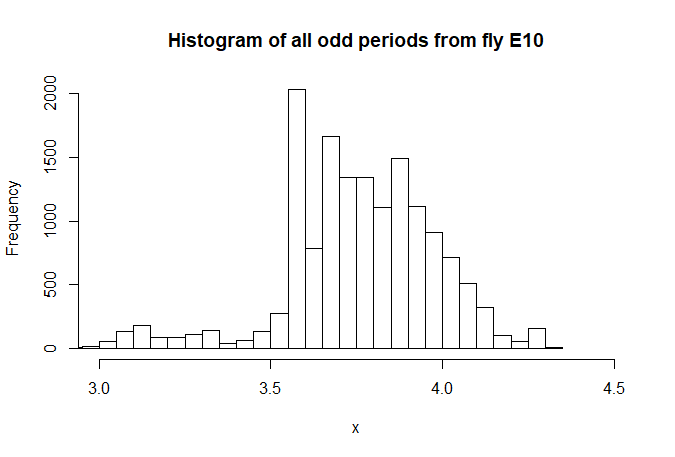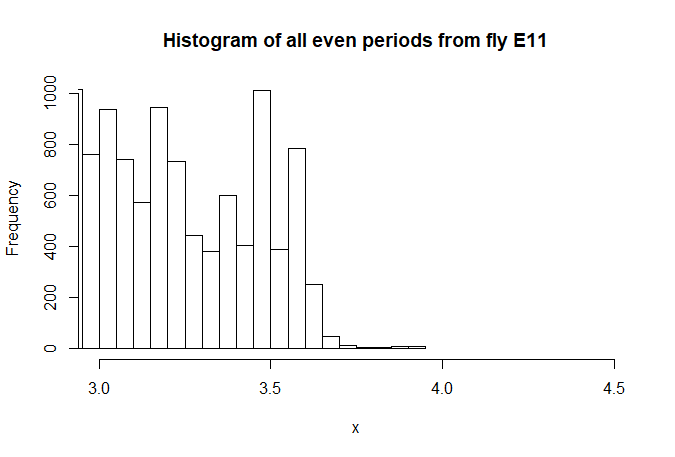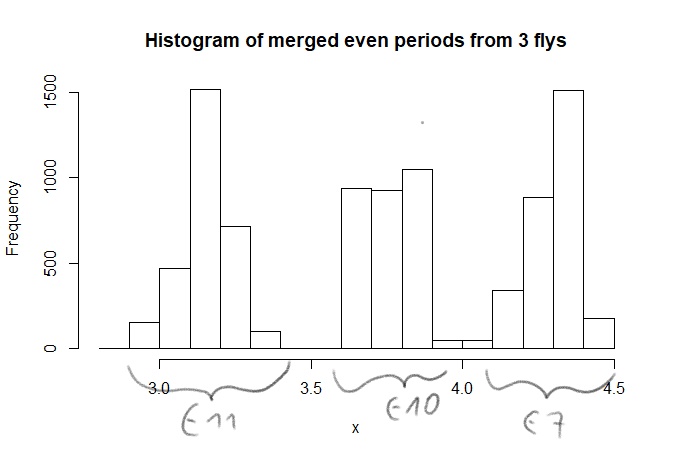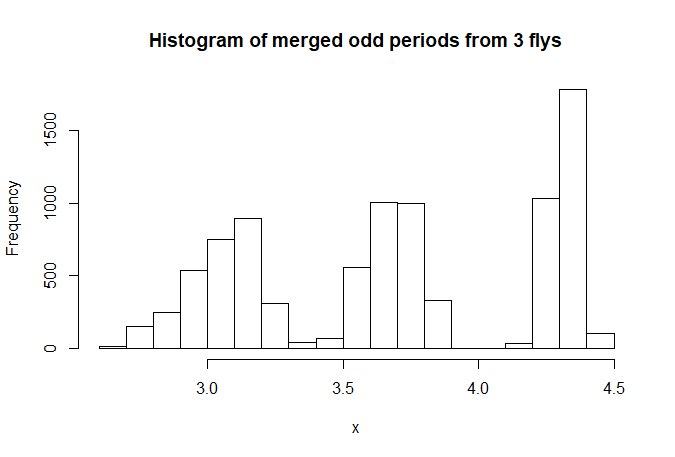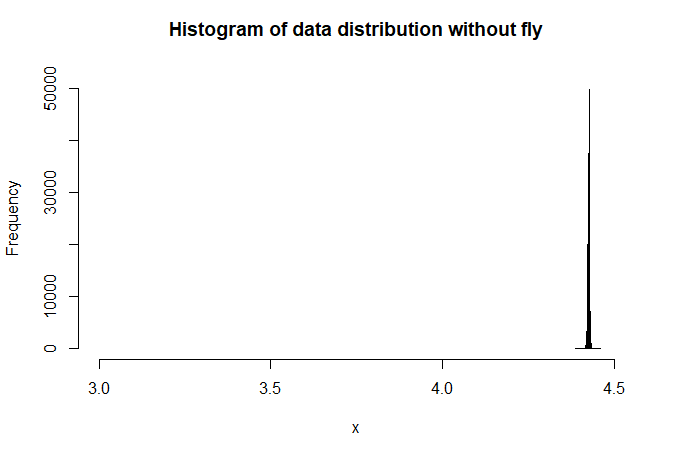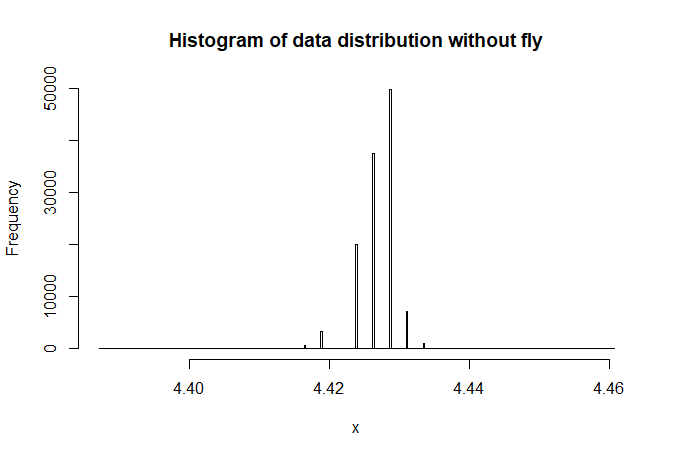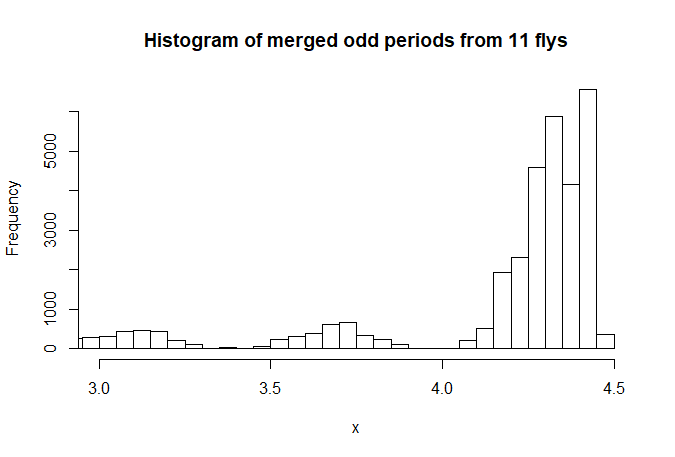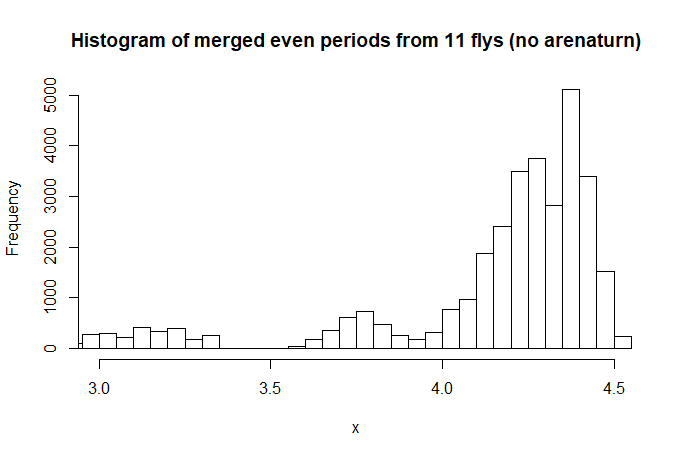Final Test
This post shows the latest day of testing and its results.
Manual Testing:
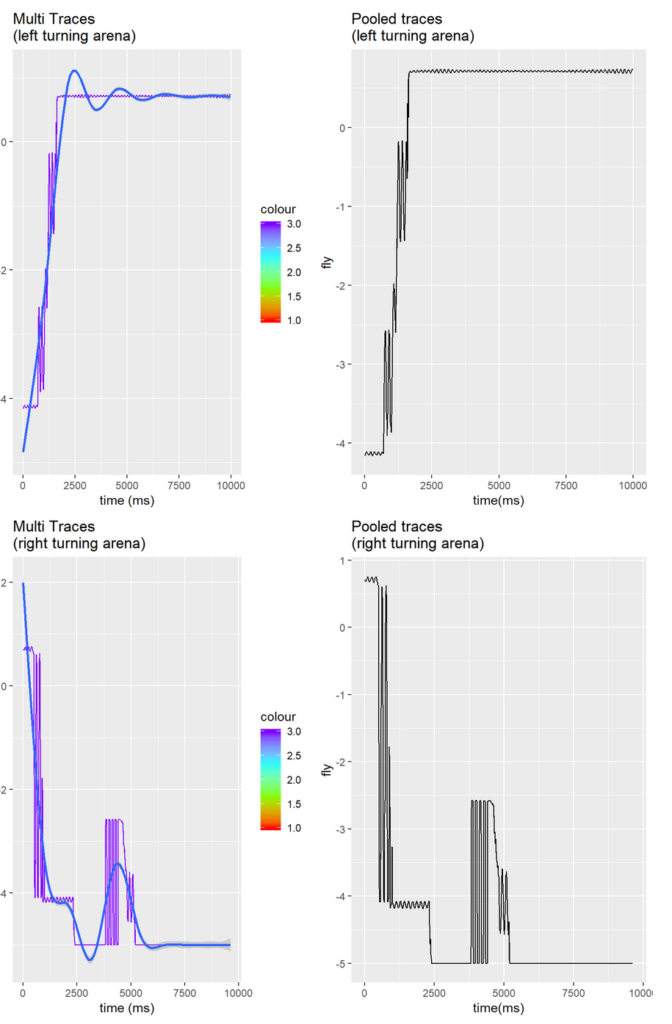
All with small hooks:
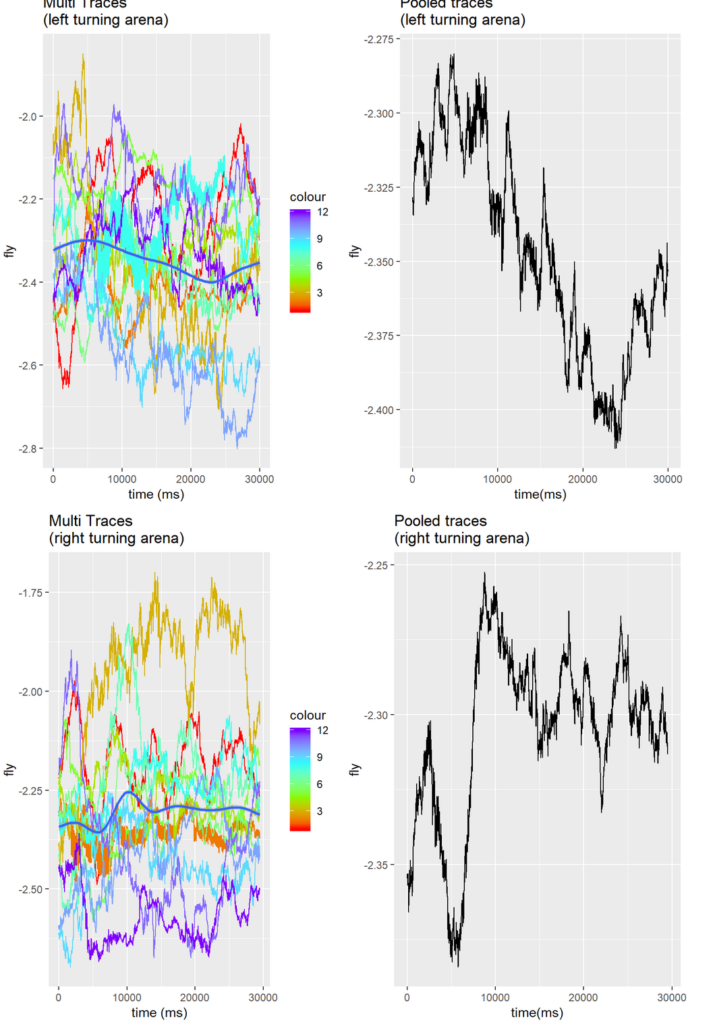
All with big hooks:
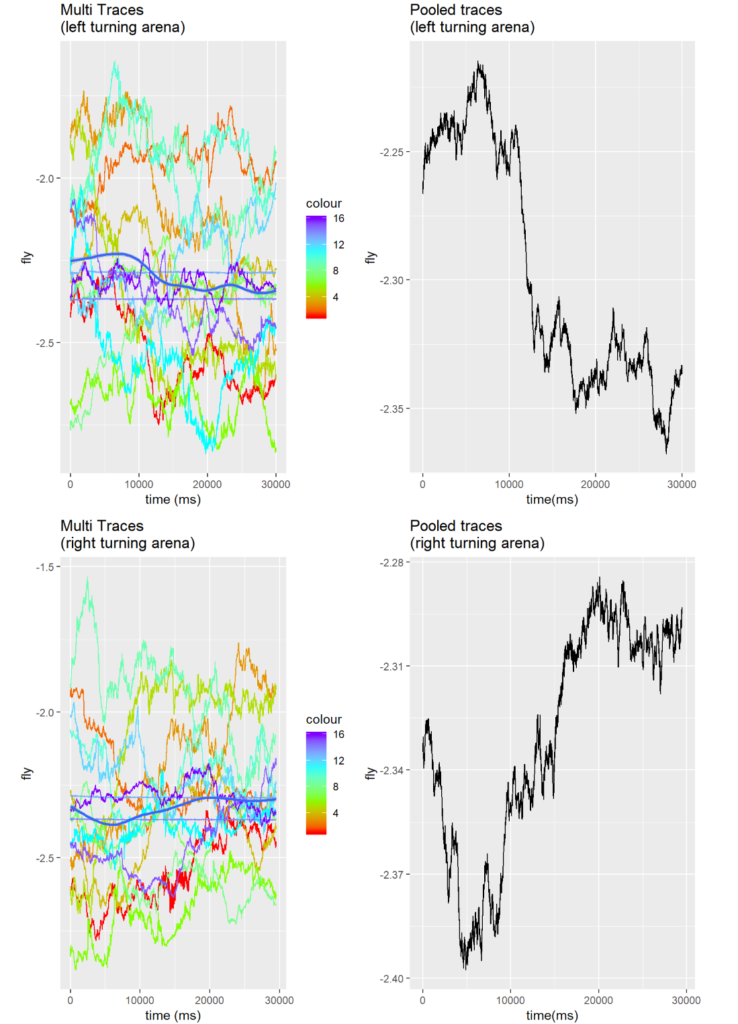
All on front of plarform:
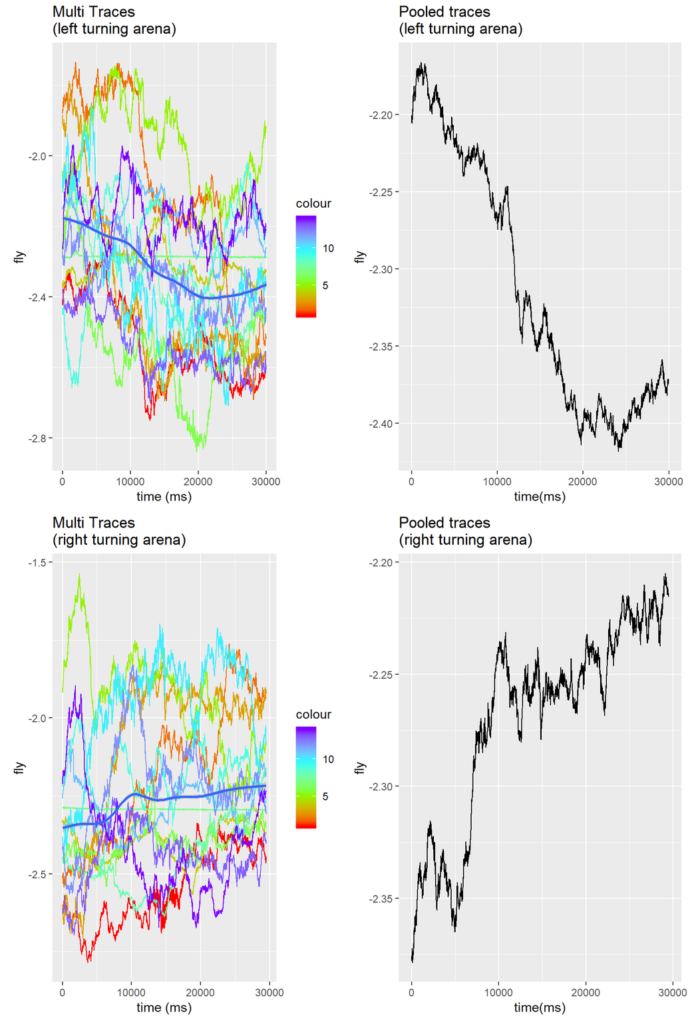
All on back of platform:
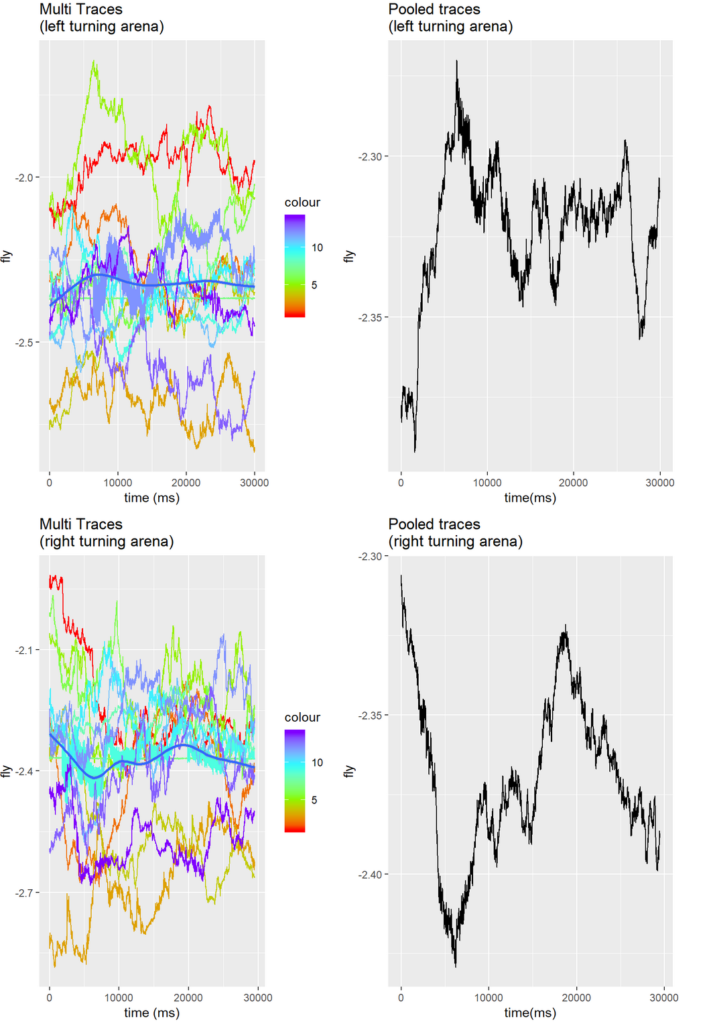
-> big hooks and front of platform seem like promising factors, let’s pool them!
Front and big hooks:
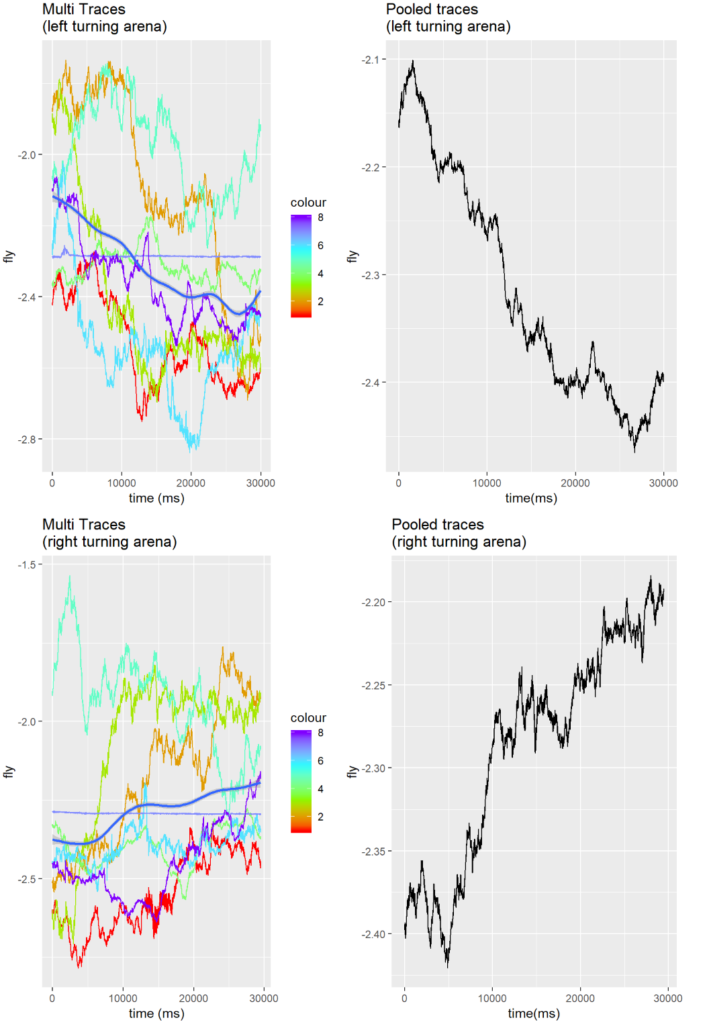
Front and small hooks (worse):
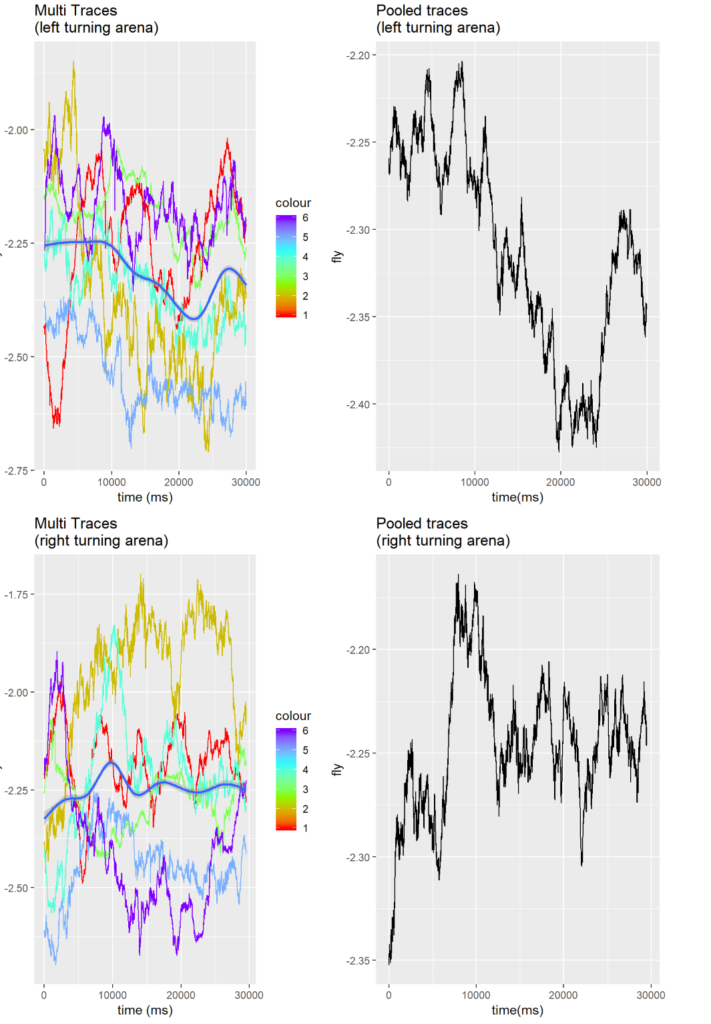
last problem: If compared to manual stimulation, opposite signals are found. Wrong manual stimulation?
Results generated by HTML_DTS_project.net
The following Link shows the results of the latest tests with Wildtype flys, evaluated with the latest version of the HTML_DTS_project.R programm.
https://drive.google.com/open?id=1xNYvqD-wSggNl-ENkA034vVybLiv3wGj
The histograms unfortunately show very little difference between the state of left turning arena and right turning arena.
most recent test run and xml integration
Latest Tests:
D1
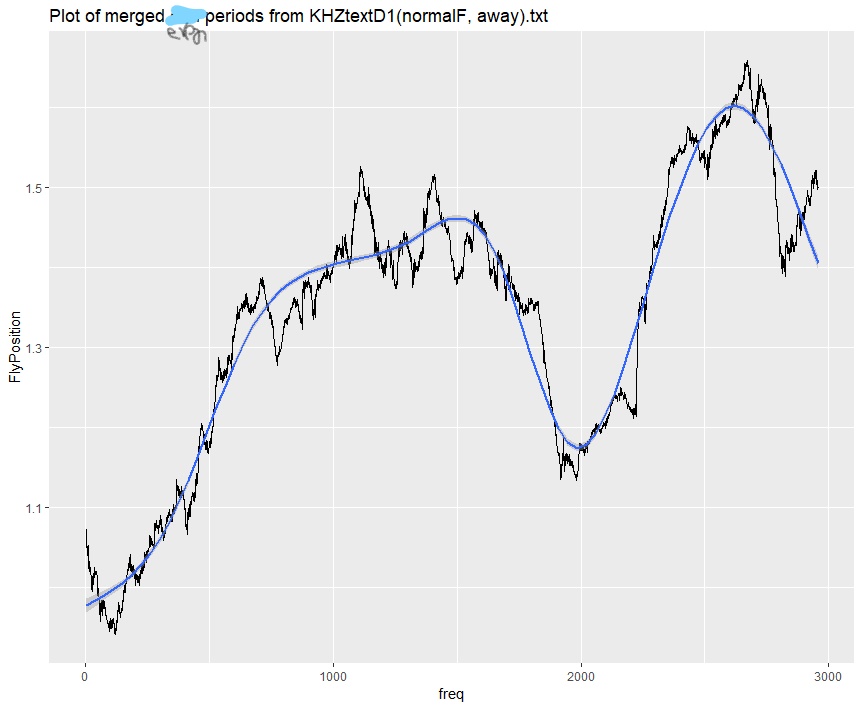

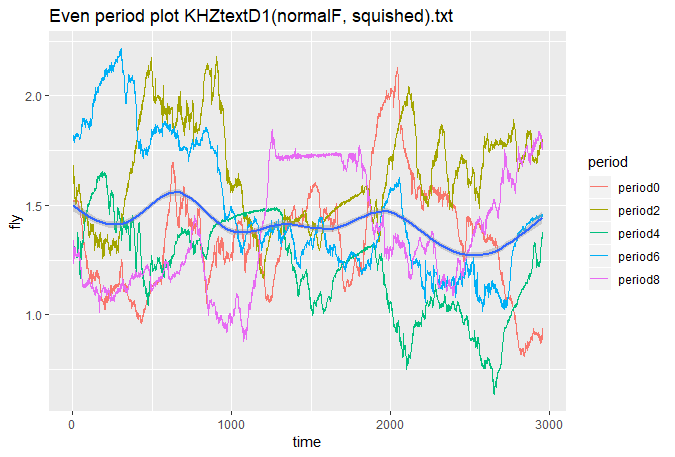
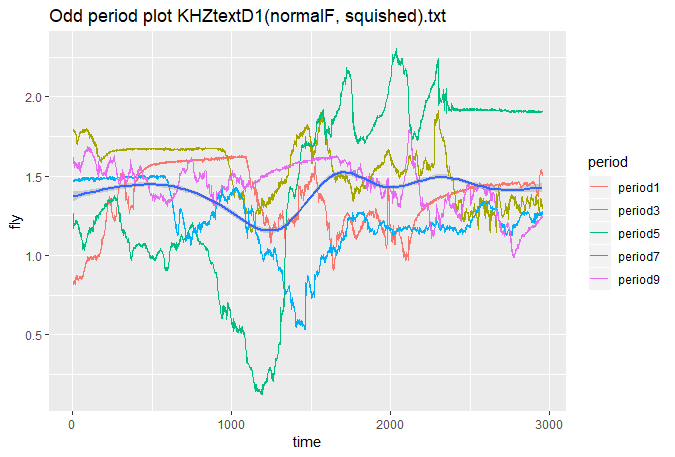
D2
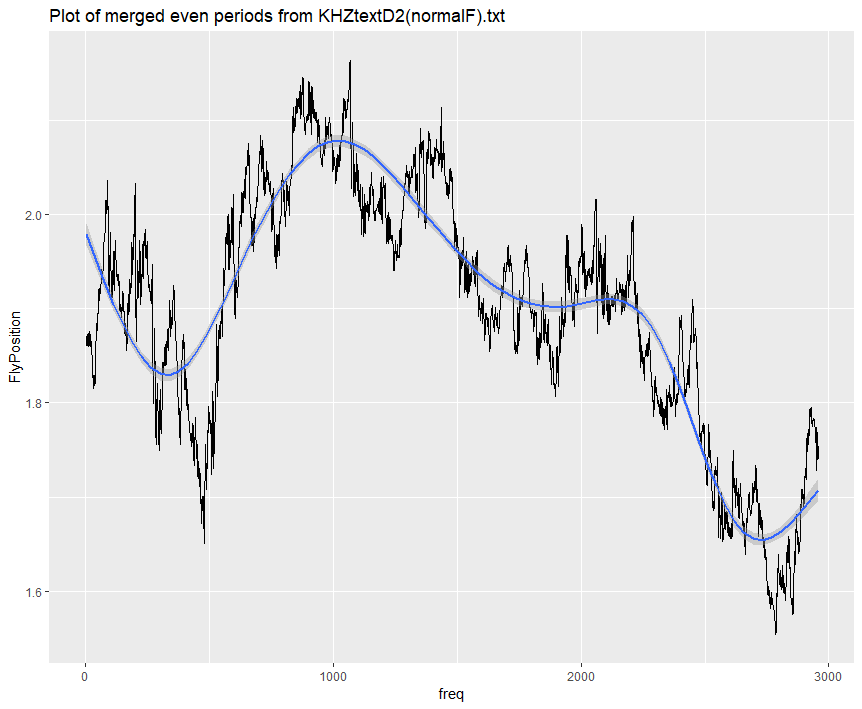
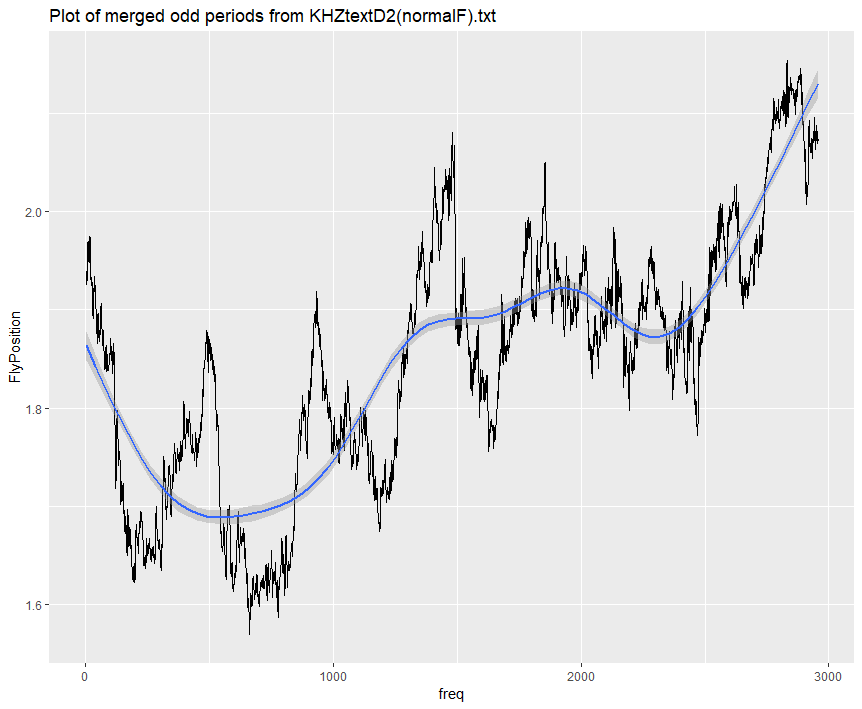
D3
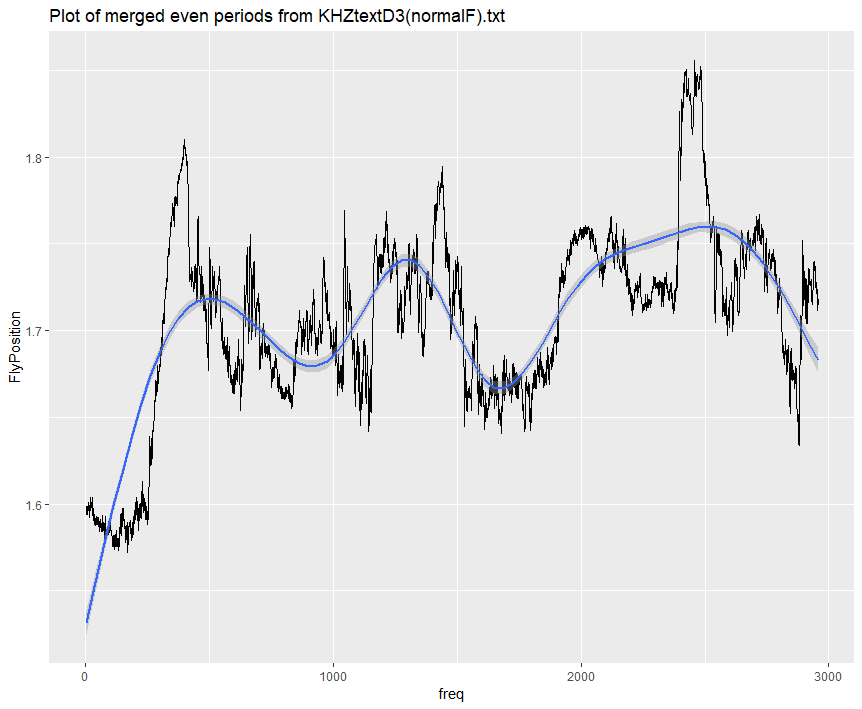

XML Constructor:

What else should be integrated?
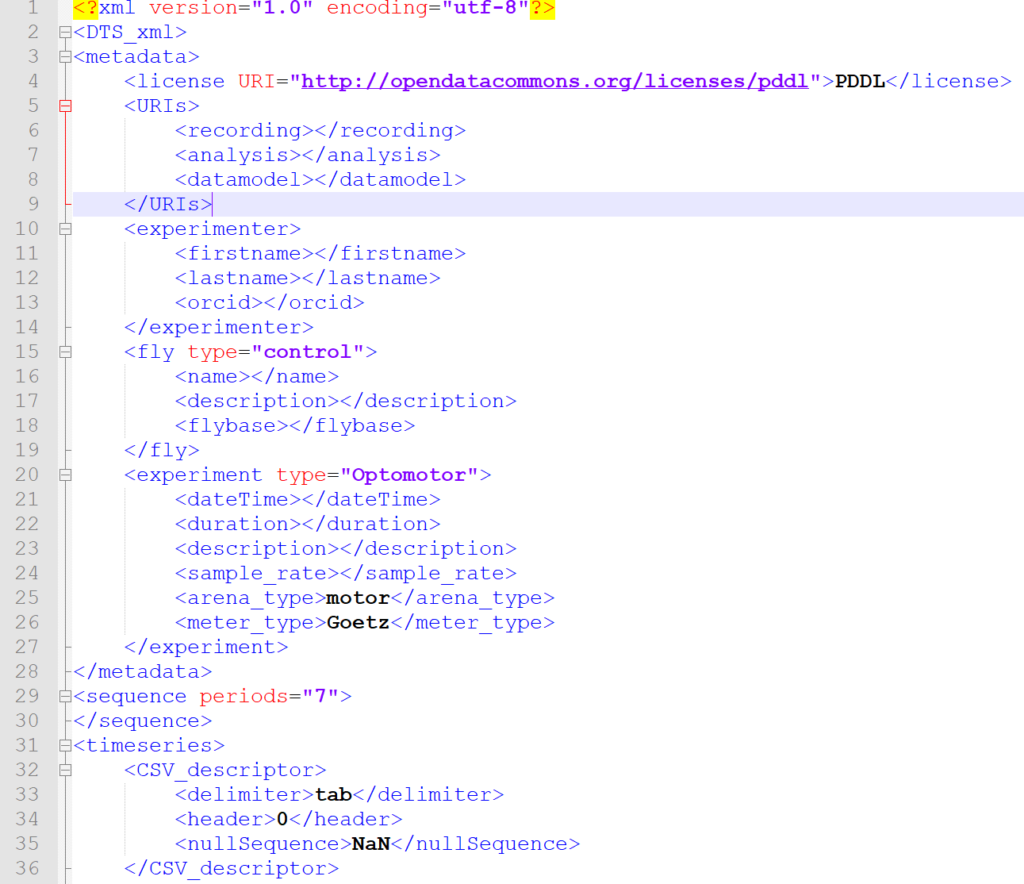
Bits & Pretzels 2018
The fair took place from 30th September – 2nd Oktober (Sunday to Tuesday). I attended at Monday and Tuesday. The first two days were located at the Messegelände Ost Munich while for the last day the “Schottenhammel” Tent at the Oktoberfest had been reserved.
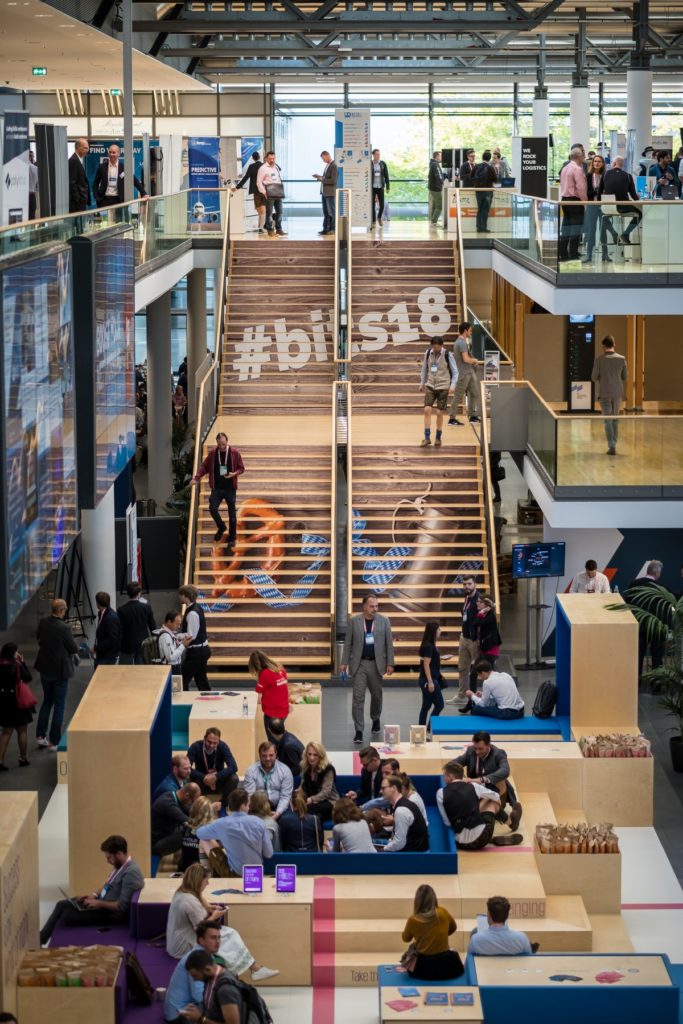
Monday:
Visit of the “Corporate Stage” which showcased Interviews:
– The guest came from Adidias but worked independently first- before Adidas she used to make statistical interpretations on her own and present them to companies-> inefficient, it makes more sence to first inquire what the company is interested in- more and more Big Data with high tech factories- example of practical use of statistics: spike in sales as Kanye West fashioned a certain shoe
AI
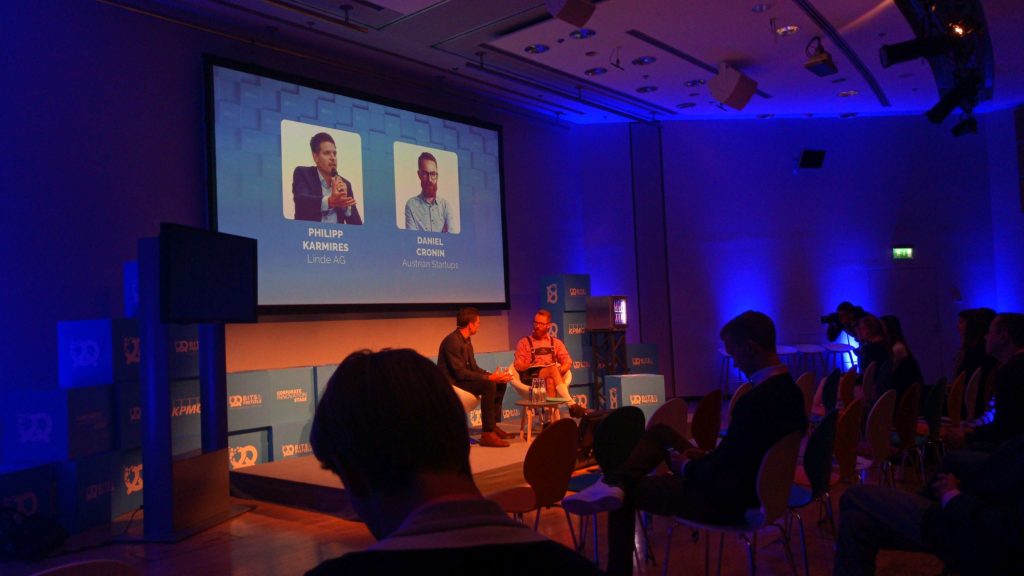
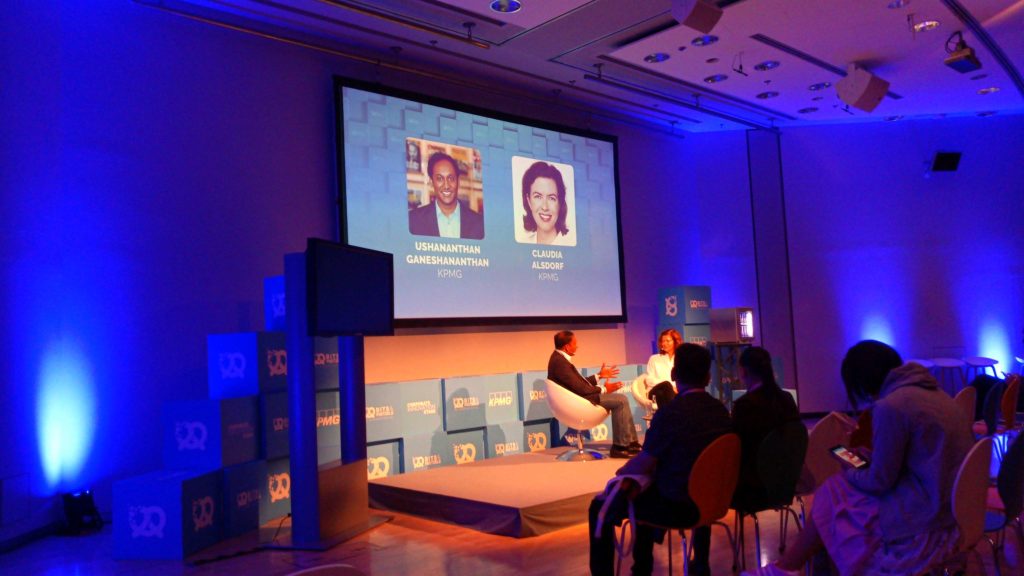
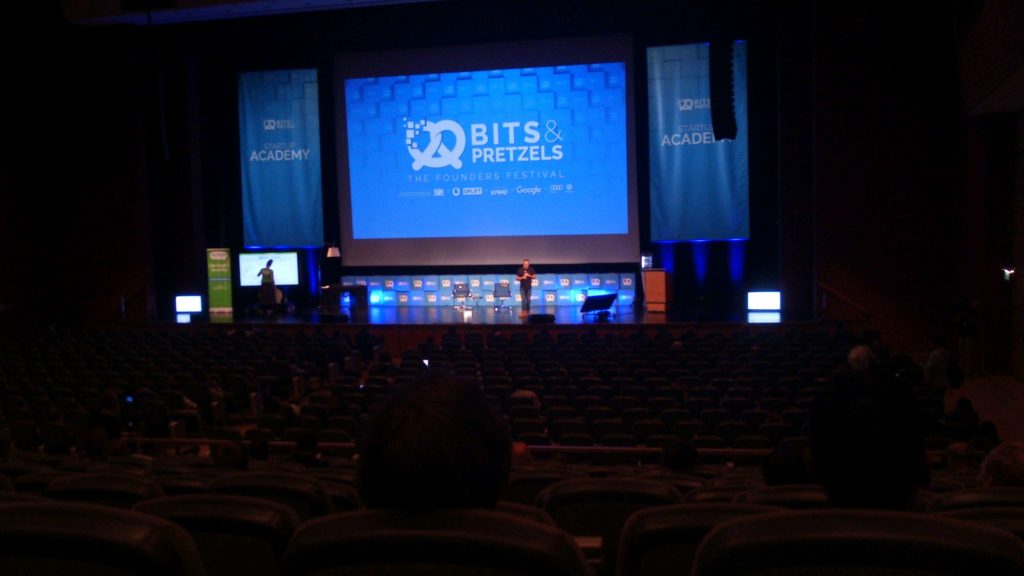
2. Divide and conquer debugging: break code up smaller and smaller until you reach the line with the problem
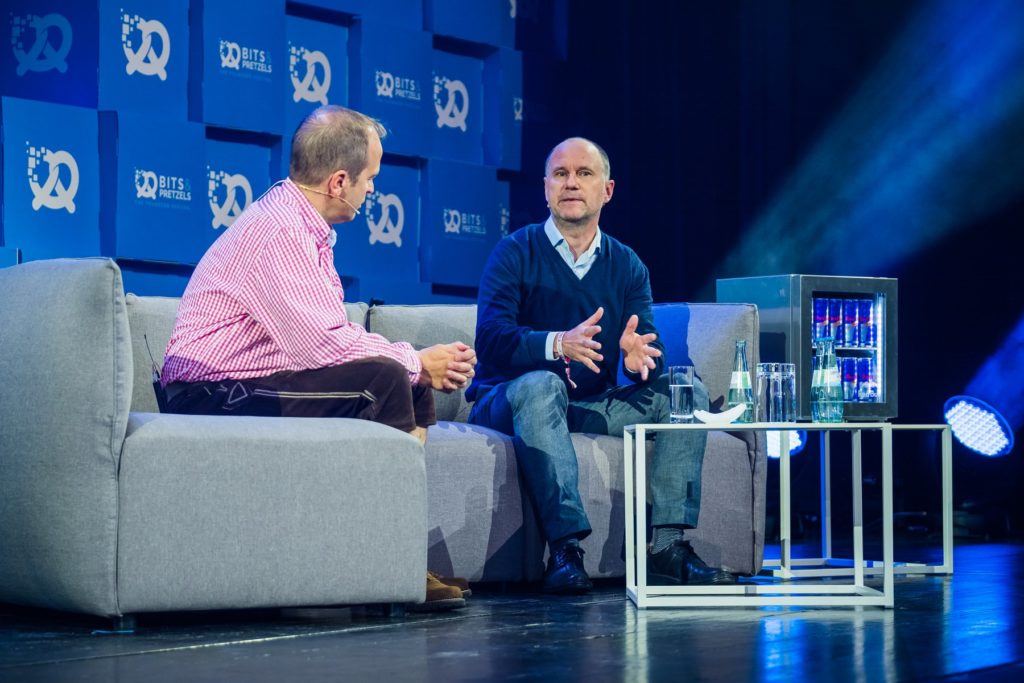

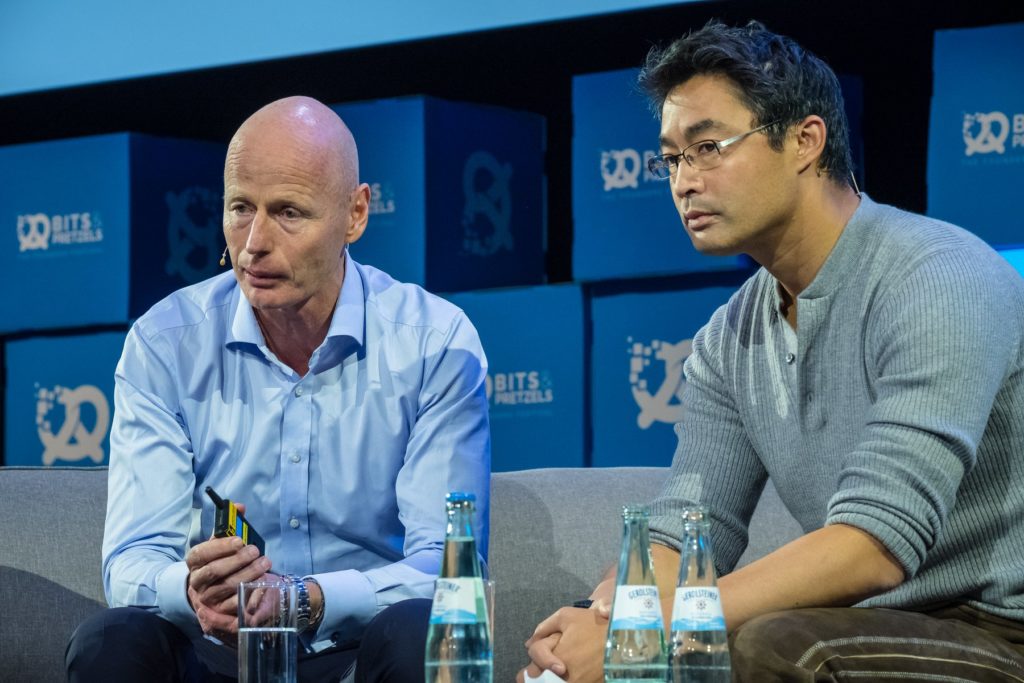

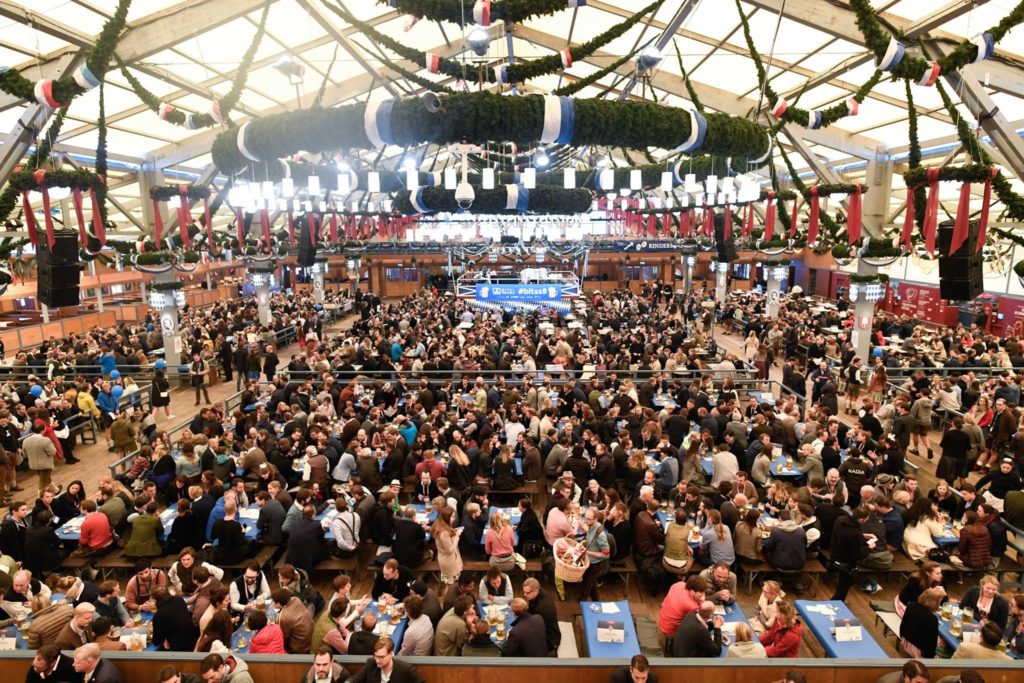
Program testing & Histogram Comparison
Is the program doing its job? Manual stimulation of the platform:
-> yes it is
Histograms
Why frequency histograms? I want to compare my data to the data from “Can a fly ride a bicycle?” (Wolf 1992):
example fly E7:
example E10:
Histogram of 3 flys (periods of idividual flys have been merged -> one odd and one even period per fly):
Histogram of platform without fly:
Histogram of 11 flys (periods of idividual flys have been merged -> one odd and one even period per fly):
Histogram of 11 flys (no arenaturn):
Fly 3 (discussion model)
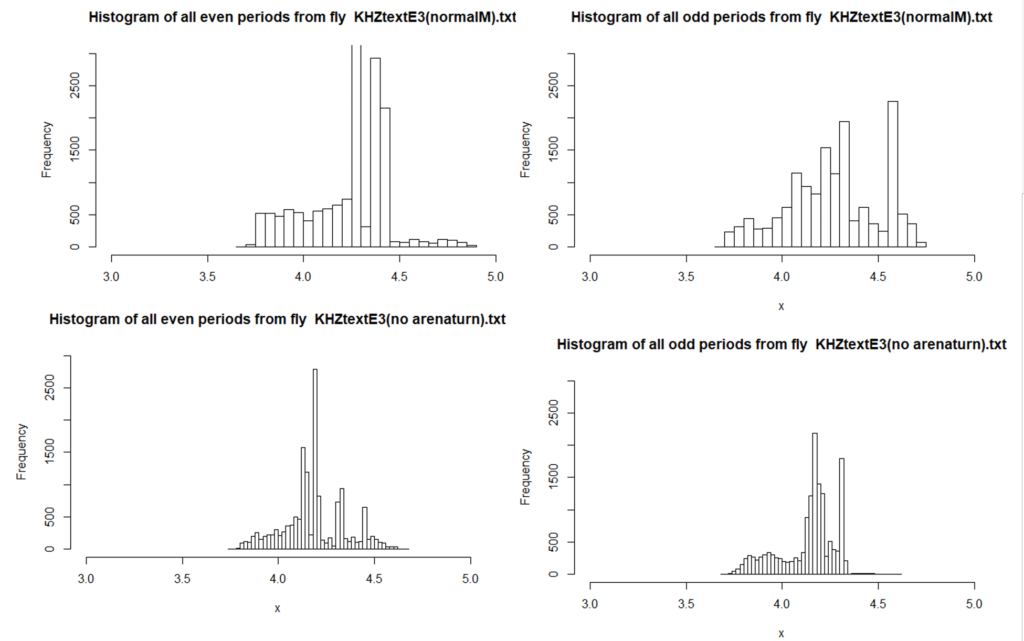
All Histograms of different tests for fly 3
-> merging makes little sence if the distribution is completely different areas for each fly!
Beta results from first test drive OptoMoto
The different stages of data processing:
1. single fly dyplot with all data present

E11(normalF)
2. Plot of all the even / odd periods of one fly
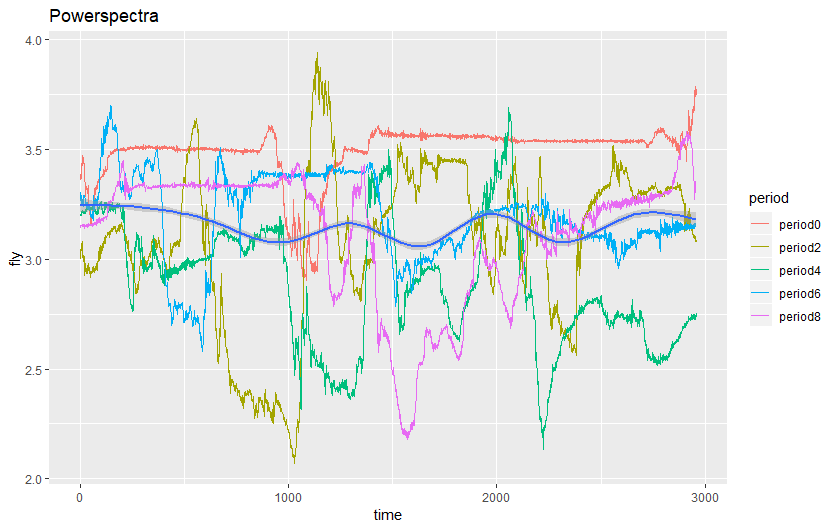
E11(normalF)even_period_plot
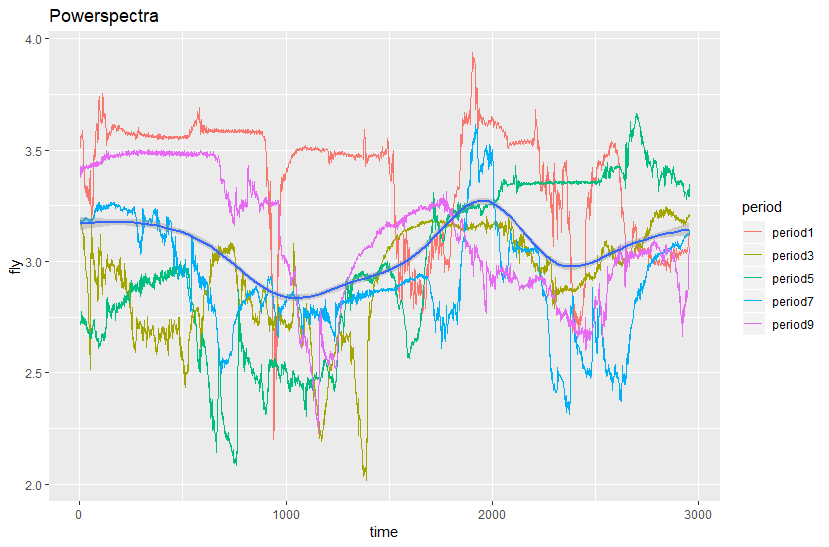
E11(normalF)odd_period_plot
3. Plot of all even / odd Periods of one fly merged
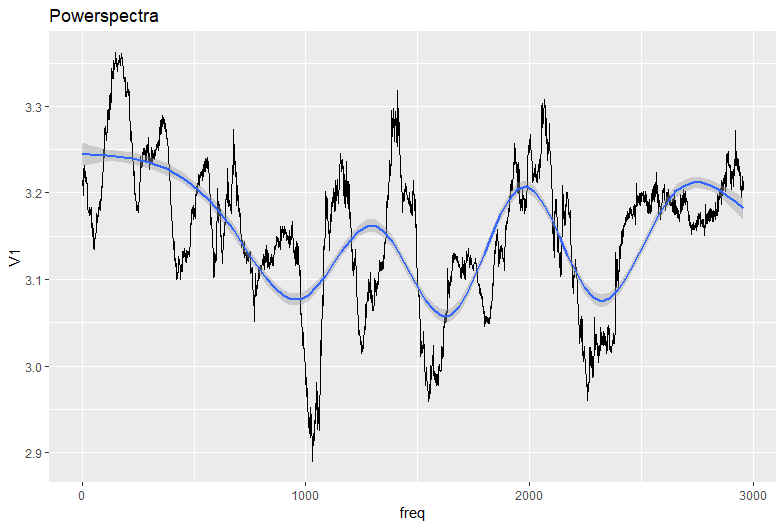
E11(normalF)even_merged_plot
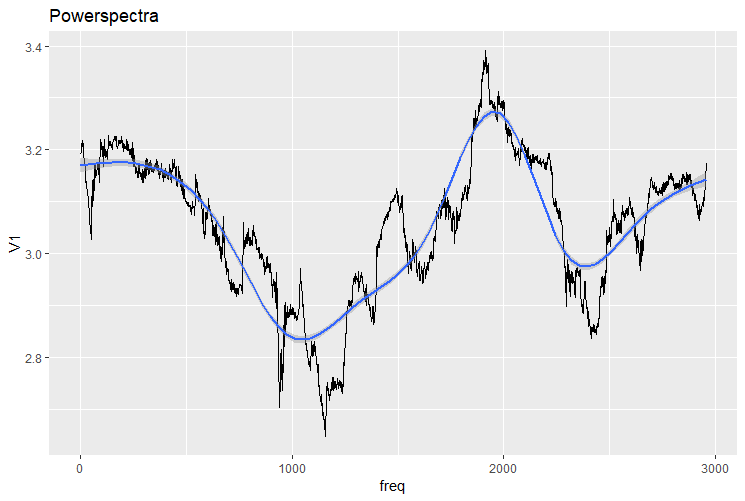
E11(normalF)odd_merged_plot
4. Plot of the even/odd periods from all tested flys
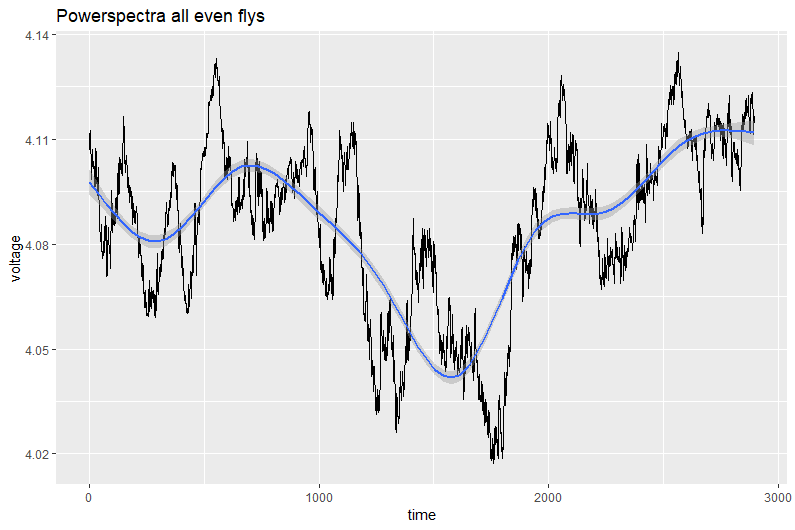
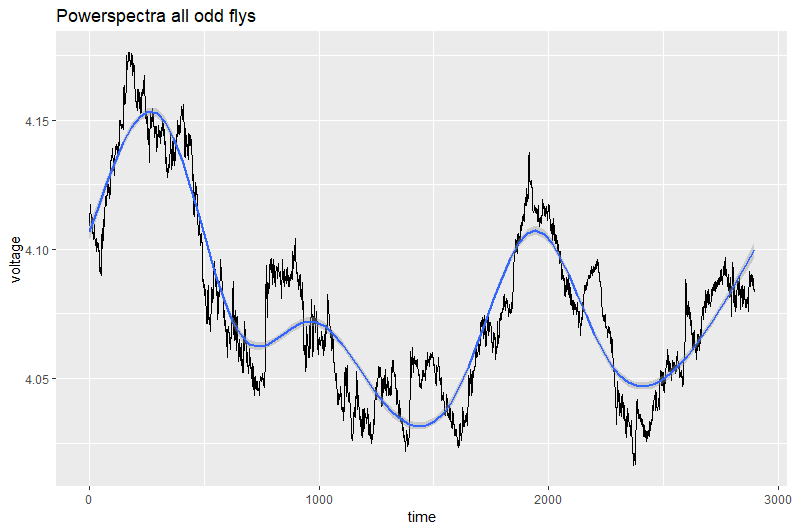
Another example (first fly tested):
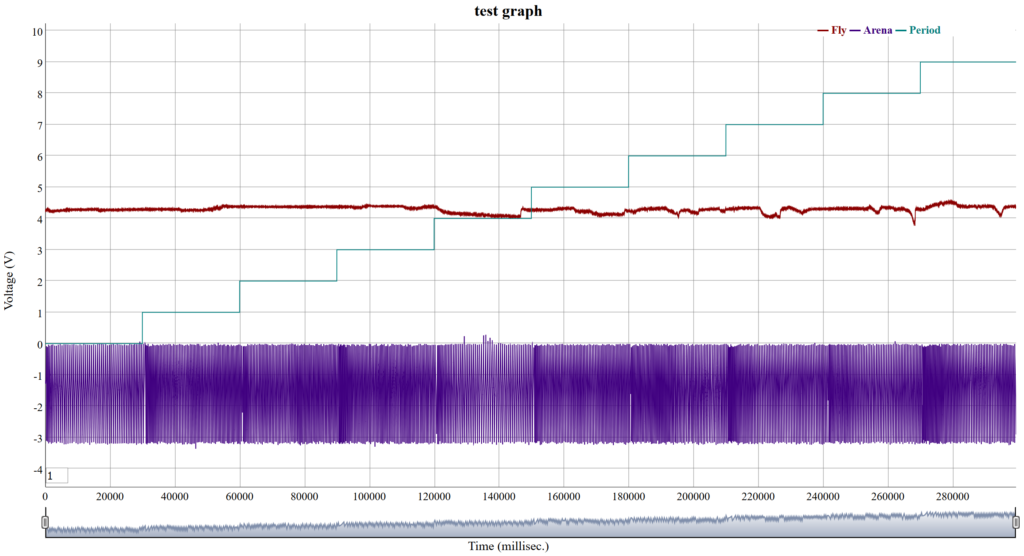

E1(normalF)period_plot
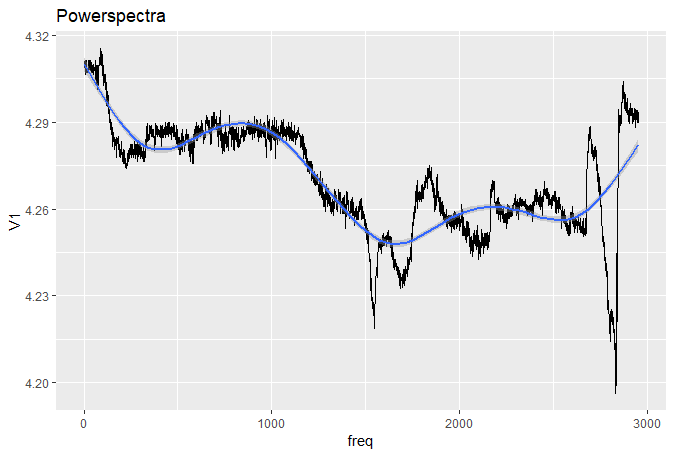
even_merged
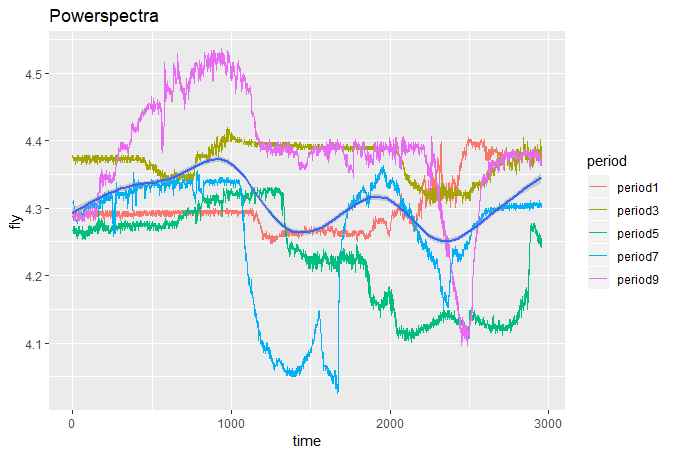
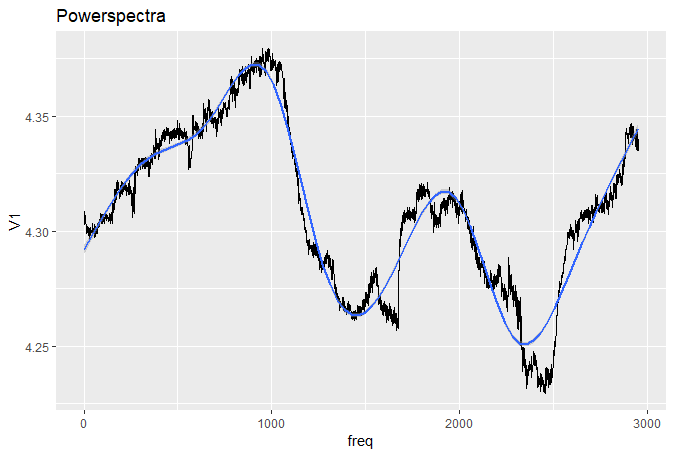
Datahandling OptoMotorics
Table with the generated fly test data:
| Test | Description | Average right | Average left | Differece | general |
| Ex4 | normal | 4.55382 | 4.624879 | 0.071059 | 4.5893495 |
| Ex4 | repositioned | 4.562121 | 4.579682 | 0.017561 | 4.5709015 |
| Ex5 | normal | 4.273299 | 4.434383 | 0.161084 | 4.353841 |
| Ex5 | repositioned | 4.562121 | 4.579682 | 0.1610834 | 4.5709015 |
| Ex6 | normal | 3.535669 | 3.587334 | 0.051665 | 3.5615015 |
| Ex7 | no arena | 3.349097 | 3.337588 | -0.0115097 | 3.343343 |
| Ex8 | bad fly | 3.42903 | 3.394603 | -0.034427 | 3.411816 |
| Ex9 | no arena | 4.391139 | 4.363279 | -0.0278599 | 4.377209 |
| Ex9 | normal | 4.404213 | 4.456195 | 0.05198185 | 4.430204 |
| Ex10 | no arena | 4.259827 | 4.195971 | -0.0638559 | 4.227899 |
| Ex10 | normal | 4.243121 | 4.360124 | 0.1170035 | 4.301622 |
Ex8:
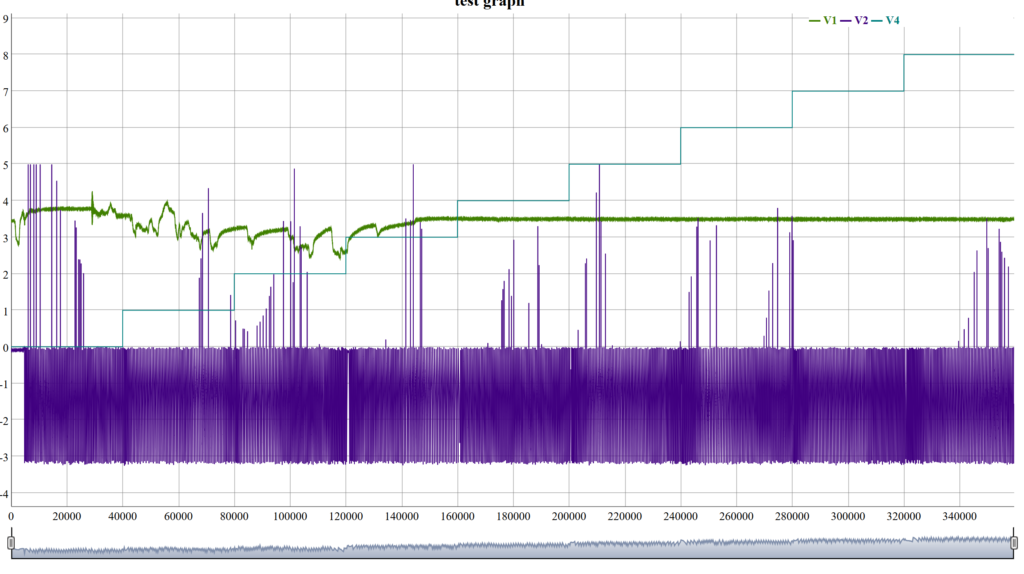
Ex9:

Ex10:
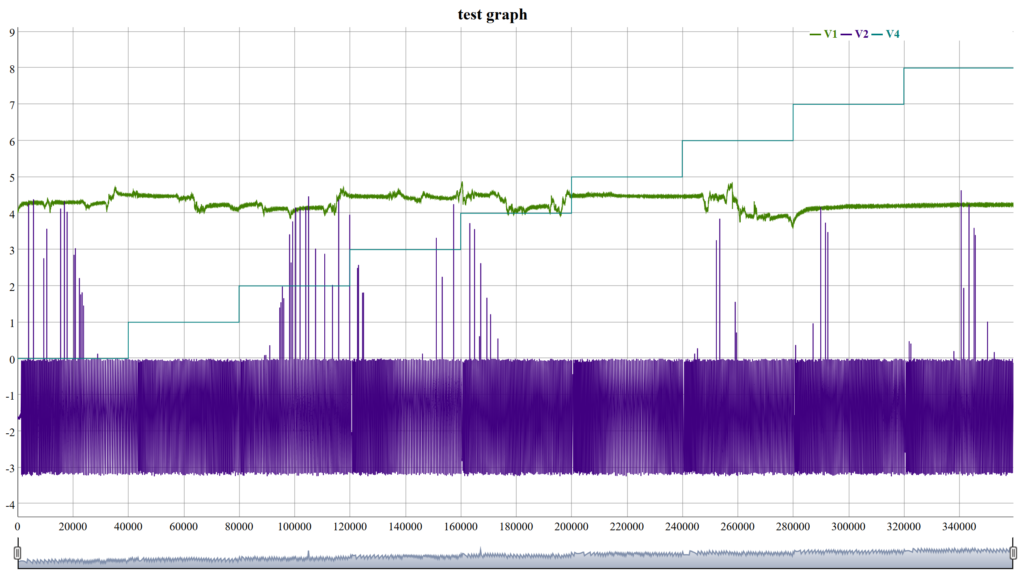
First Dataset From OptMoto Experiment
Text data file with all the rawdata generated by my new programme: Rawdata OptMoto
R programme which generates the plot:
library(dygraphs)
rawdata <- read.csv(“KHZtext.txt”, header = FALSE, sep = ” “)
flydata <- rawdata[c(3, 1)]
#dygraph(flydata) %>% dyRangeSelector()
arenadata <- rawdata[c(3, 2)]
rawdata <- rawdata[c(3, 1, 2)]
dygraph(rawdata, main = “test graph”) %>%
dyRangeSelector()
# dySeries(“V1”, name = “fly”) %>%
# dySeries(“V2”, name = “arena”) %>%
# dyAxis(“y”, label = “Voltage (V)”) %>%
#
